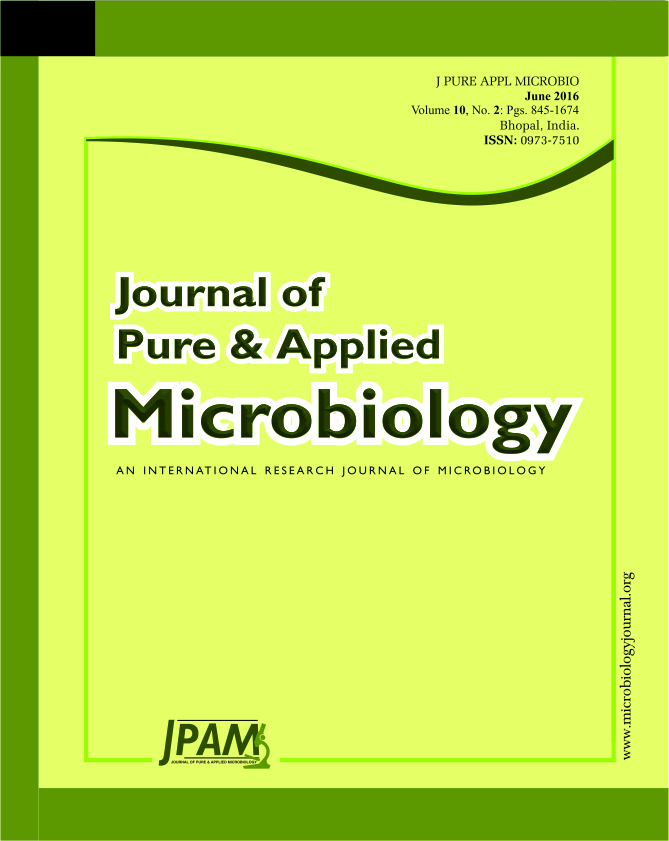Phosphorus often limits the achievement of high crop yields in low P supplying soils, where P is strongly fixed and largely unavailable for crop uptake. These soils may not be low in total P, but most of it is present in a form of extremely low solubility of Fe/Al or Ca phosphate. This may result in low P uptake. Even varieties of same species differ in their P efficiency i.e. ability to grow well at low P supply. These differences in P efficiency may be based on differences in the internal P requirement, the uptake efficiency and/or the rate of shoot growth. Several researchers have reported that differences in P efficiency are based on size and type of the root system i.e. root length, root radius and root hair density and rate of shoot growth rate . This shows that a number of reasons may contribute to differences in P efficiency among plants, and that those differences may arise at different stages of the growing cycle. Therefore, the aim of this study was to determine the phosphorus efficiency of wheat, maize and pea ,the factors and mechanisms responsible for the observed differences in P efficiency by measuring shoot and root properties during the growing cycle. To achieve these objectives, pot experiments were conducted with wheat ,maize and pea during November 2011 to May 2013 in an acid soil of eastern Uttar Pradesh at the Department of Soil Science & Agricultural Chemistry, Institute of Agricultural Sciences, BHU, Varanasi, India. Main problem of this soil is a low fertilizer use efficiency due to P fixation mainly by oxide and hydro-oxide of iron and aluminum ,which are abundant in this soil .The soil has 14 – 16 %clay, organic carbon, 0.35 % and pH (H2O)5.3. Treatments consisted of three P levels, P-0 (unfertilized, without P ), P-50 (50 mg P/kg soil) and P-200 (200 mg P/kg soil) as potassium di hydrogen phosphate, four harvest intervals (covering the whole crop growth period) and 4 replications for wheat, maize and pea. Comparing the P uptake of different species at limiting P supply, i.e. mainly on the unfertilized plot, maize was able to absorb significantly higher amount compared to wheat or pea. From the model calculation it is pertinent that at P-0, in most cases the measured influx was higher, in maize up to nine times, than the calculated influx. For pea it was almost five times and in wheat it was close to three times. Reasonably good agreement between calculated and measured P influx into the roots of all crops was obtained at medium as well as high P levels.
Phosphorus use efficiency, Mycorrhiza, Phosphorus influx and P uptake.
© The Author(s) 2016. Open Access. This article is distributed under the terms of the Creative Commons Attribution 4.0 International License which permits unrestricted use, sharing, distribution, and reproduction in any medium, provided you give appropriate credit to the original author(s) and the source, provide a link to the Creative Commons license, and indicate if changes were made.


